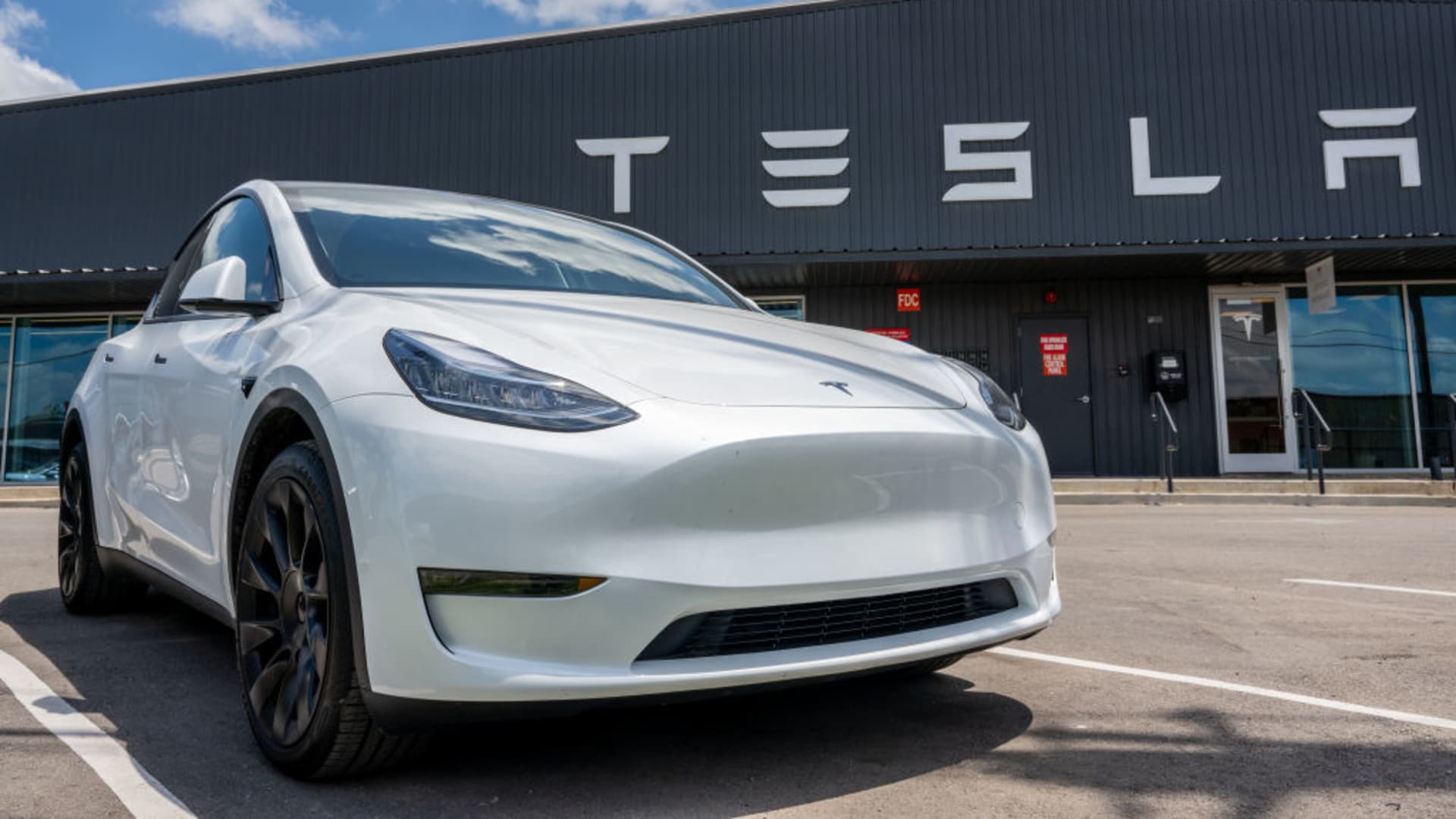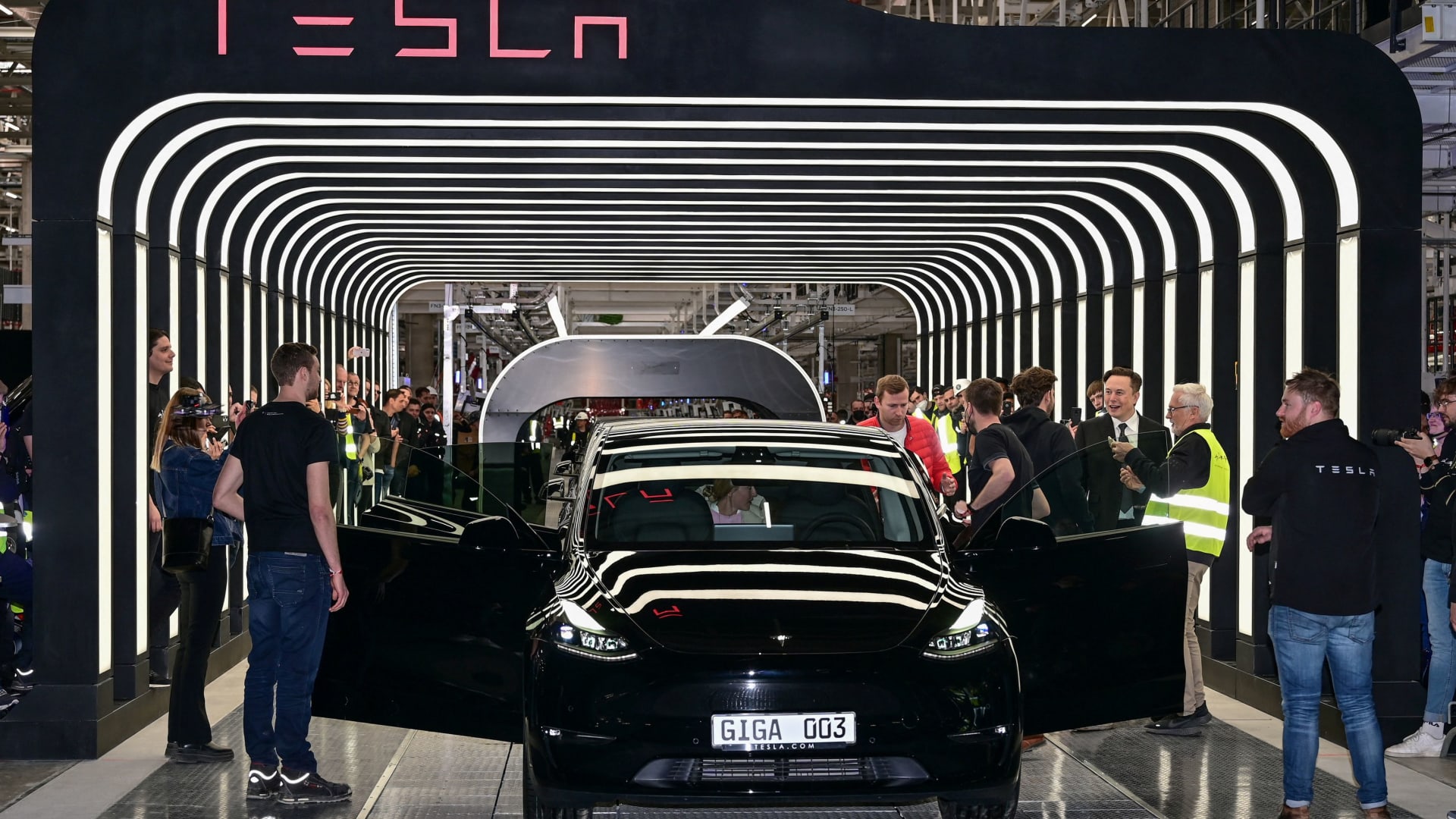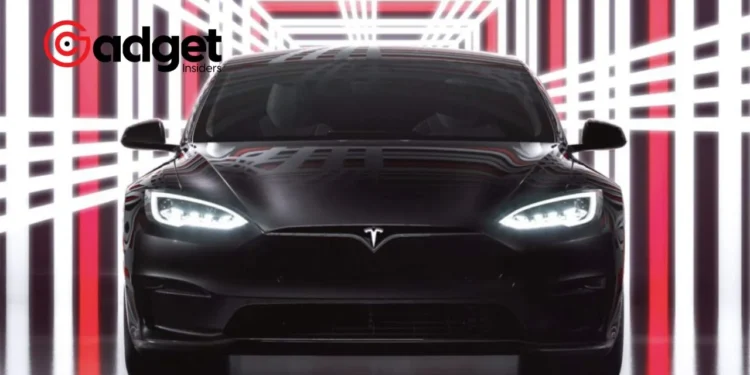Tesla, the frontrunner in the electric vehicle (EV) industry, witnessed a significant drop in its share value following a disappointing first quarter in 2024. The company, renowned for its innovative approach and ambitious growth targets, reported a substantial shortfall in its vehicle delivery numbers, sending shockwaves through the market and among its investors.

A Stumble in the Road to Dominance
In the initial months of 2024, the EV giant aimed to bolster its position as the world’s leading EV maker. However, the latest figures tell a different story, with the company delivering only 386,810 new cars in the first quarter, a notable decline of 8.5% compared to the same period last year.
This drop is even more pronounced when compared to the record 484,507 vehicles delivered in the final quarter of 2023, marking a 20% decrease.
The expectations set by analysts ranged significantly higher, with forecasts between 425,000 to 470,000 vehicles. The consensus, according to LSEG data, hovered around a 455,000 unit delivery target for the March quarter, highlighting the magnitude of Tesla’s underperformance.
The detailed breakdown of deliveries included 369,783 units of the popular Model 3 sedan and Model Y midsize SUV, supplemented by 17,027 units of the higher-end Model S sedan and Model X full-size SUV.
A series of challenges, including supply chain disruptions due to conflicts in the Red Sea and an arson attack at the company’s Berlin Gigafactory, contributed to a 6.5% decrease in production to 412,376 vehicles.
Tesla attributed the decline in volumes to several factors, including the early stages of the updated Model 3 production ramp at its Fremont factory and the unforeseen factory shutdowns. These setbacks reflect the intricate balance the EV maker must maintain between ambitious production targets and the unpredictable global landscape.
Tesla's Q1 to forget: Poor guidance, China woes, and Musk antics hit EV maker's stock hard https://t.co/RyfyMuwKtU by @Pras_S
— Yahoo Finance (@YahooFinance) March 29, 2024
Market Reaction and Analyst Insights
The immediate market reaction was stark, with Tesla shares dropping 5.1% in early trading, pushing the stock to near its lowest value since last spring. This downturn extends Tesla’s year-to-date stock decline to approximately 33%, underscoring investor concerns over the company’s short-term prospects.
Dan Ives, a respected analyst from Wedbush, did not mince words, describing the first quarter’s performance as an “unmitigated disaster” that is challenging to justify. Despite this setback, Ives maintained a $300 price target and an ‘overweight’ rating on Tesla, suggesting a belief in the company’s long-term value proposition.
He emphasized the critical juncture at which Tesla stands, indicating that the next moves by Elon Musk and his team could either reverse the current downturn or lead to more significant challenges ahead.

Looking Ahead: Tesla’s Path Forward
Tesla had previously cautioned investors about expecting a slowdown in vehicle delivery growth rates compared to 2023. Elon Musk, the company’s CEO, also noted that profit margins would likely see improvement only with central bank interest rate cuts. This strategic foresight points to a cautious optimism within the EV brand, despite the hurdles faced in the first quarter.
The narrowing of profit margins from 23.8% in the previous year to 17.6% in the last quarter of 2023 reflects the financial impact of these challenges. Additionally, Tesla faces added pressure from weaker-than-expected sales figures in China, a critical market for the EV giant, where volumes have dropped to their lowest in over a year.
As Tesla prepares to report its first-quarter earnings on April 23, stakeholders and industry watchers will be keenly awaiting insights into the company’s strategies to navigate these turbulent times. The focus will be on Tesla’s ability to adapt and innovate in response to both internal challenges and external pressures.
The road ahead for Tesla is fraught with obstacles, but the company’s track record of overcoming adversity and pushing the boundaries of technology and sustainability remains undiminished. The coming months will be crucial in determining whether Tesla can steer back onto the path of growth and continue to lead the charge in the electric vehicle revolution.










